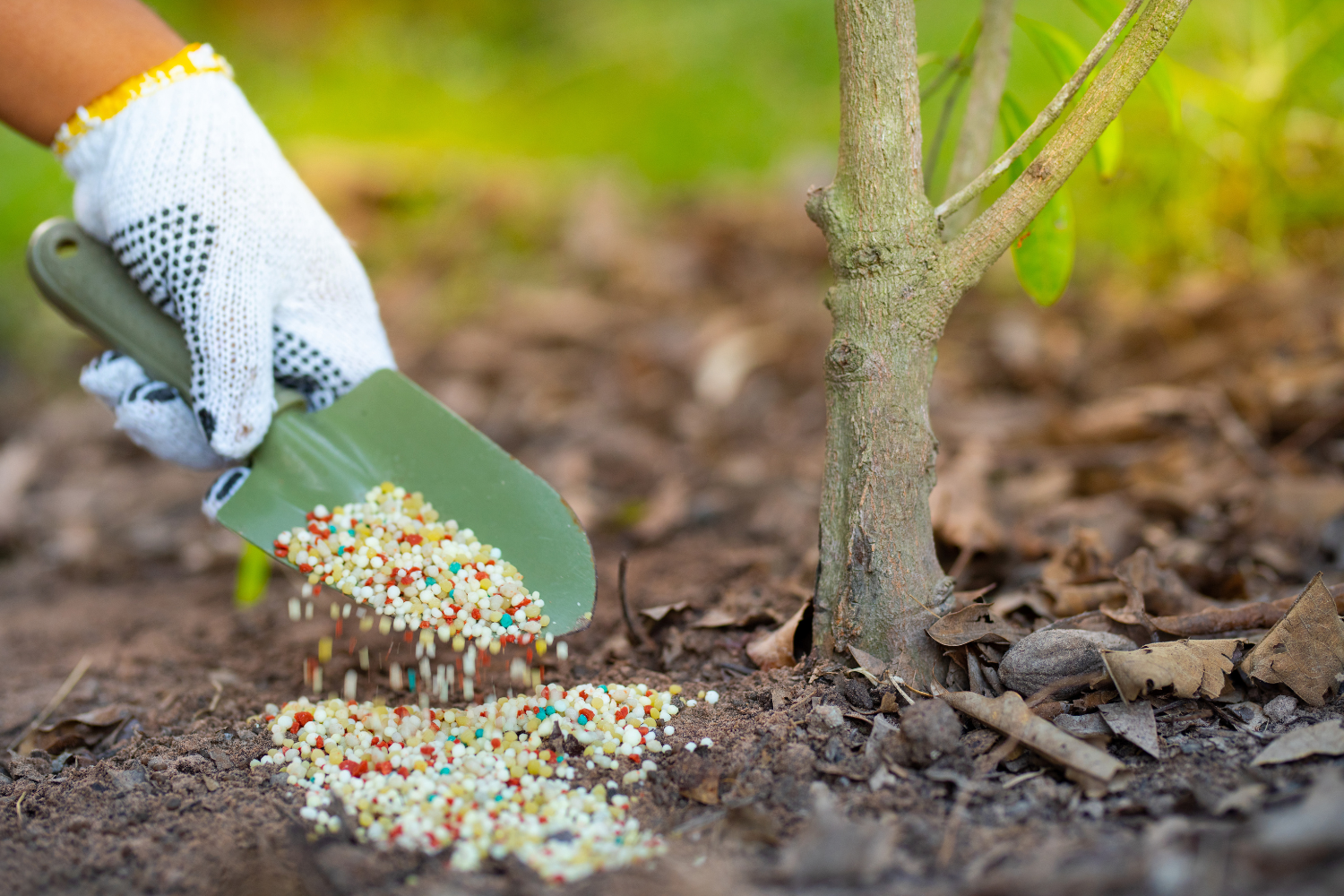6 Popular Ways to Apply Fertilizer You Should Know About
•Posted on May 18 2021

Fertilizing your garden can help ensure its success, but did you know fertilizers can be applied in various ways?
Understanding the most common fertilizer application methods will assist you in selecting the best fertilizer for your plants and ensure you're applying your product in the way you prefer.
Related Post: What is the Best Fertilizer for Tomatoes?
1. Dry or Pelletized Application

One of the first decisions to make when shopping for fertilizer is whether to go with dry fertilizer or liquid.
Dry fertilizers typically come in the form of pellets, powders, or crystals and are convenient and easy to use.
Also, you can convert dry fertilizers into liquid fertilizers by simply dissolving them in water.
This is the way the majority of our fertilizers work so you have the option to pick whether you'd like to apply your fertilizer in powder or liquid form.
Recommended for You:
2. Liquid Application

One benefit of a liquid application is that it can be faster acting than a dry application.
However, there is one caveat. Extreme heat can turn liquid fertilizer into dangerous gases.
Related Post: 5 Common Fertilizing Mistakes to Avoid
With any fertilizer, follow the package directions to ensure that you are using the product safely.
You can find application instructions for our fertilizers on the packaging label or on our website.
3. Soil Application

Applying fertilizer to the soil around your plants allows the earth to buffer the nutrients and store them for future use.
Infusing nutrients into the soil in this way is an essential part of your root-feeding regimen.
In fact, potassium is a great addition to your soil if you want your plants to have healthier roots.
Potassium Sulfate can easily be applied to your soil.
Recommended for You:
Fertilizer can be placed into or on top of the ground in a variety of ways.
For instructions on soil application, head over to the product page for the fertilizer you're interested in and you'll find application instructions listed there.
4. Broadcasting or Top-Dress Application

A standard method of fertilizing the soil of lawns, gardens, and agriculture crops is spreading dry fertilizer onto the top of the ground evenly.
This method is known as broadcasting or the topdress method.
Recommended for You:
5. Side Dressing Application

Another popular way to apply fertilizer is banding or side dressing. With this method, fertilizer is positioned in bands beside furrowed rows of crops.
Side dressing is ideal for situations where plants need constant additions of nitrate-containing fertilizer.
Recommended for You:
Early side-dressing provides crops with the energy they need to get through the most crucial stages of growth.
Side dressing fertilizer can be sprinkled on dry or poured on as a liquid and can be positioned in different ways.
For example, single-band application is when the fertilizer is applied to only one side of the row instead of on both sides.
Another method, known as the ring method, involves placing the fertilizer in a circle around the base of a plant.
The ring method is ideal for fertilizing young trees.
6. Foliar Application

So far, we've been discussing ways to apply fertilizer to the soil.
Related Post: The 5 Fertilizers That Will Also Encourage Soil Health
However, many fertilizers are also suitable for foliar application, which refers to the practice of spraying fertilizer directly onto a plant's leaves.
This process often involves adding water to a product to convert it into an appropriate spray to use as a foliar feed.
Some reasons you may want to spray fertilizer onto the leaves are:
- Prevention of bitter pit in apples
- Reduction of end rot in tomatoes and peppers
- Decreased flower and fruit dropping in various crops
Although a foliar application can quickly correct deficiencies in critical nutrients, foliar fertilizer should not be used on plants with tiny leaves.
Also, be sure to use only water-soluble fertilizers when applying fertilizer directly to foliage.
You'll also want to make sure you do not apply fertilizer using the foliar method when temperatures are extremely high outside as doing so may burn the leaves of your plant.
Although the foliar application method is beneficial for most plants, it's never a substitute for healthy soil.
Related Post: How to Improve Soil Health With Soil Amendments
This is why a foliar application is often used in conjunction with other application methods that target the soil.
Selecting a high-quality, multi-purpose fertilizer will provide your plants with the nutrients they need for optimum growth.
Recommended for You:
Our water soluble fertilizers are ideal for foliar, liquid, and side dressing applications.
You can shop for some of these below and give your garden the nutrients it deserves this season.
Comments
0 Comments
Leave a Comment